Traveling across Europe or receiving electronic devices from the EU often requires understanding the plug and outlet systems. Each country uses specific types of plugs and voltage systems, making it essential to choose the right adapter for your EU plug(Japanese:EUプラグ) needs. An improper adapter can lead to device damage or even safety hazards. This article will guide you through the steps to effectively choose the right adapter, enabling you to ensure that your devices work seamlessly throughout your travels in Europe.
Understand the Types of EU Plug
Common EU Plug Types
Before purchasing an adapter, familiarize yourself with the types of plugs used in the European Union. The most common EU plug types in Europe include Type C, Type E, and Type F.
- Type C: This is known as the Europlug and features two round pins. It is compatible with many EU countries, making it a widely used option.
- Type E: Primarily used in France and Belgium, Type E plugs have two round pins similar to Type C but include a hole for a grounding pin.
- Type F: Known as the “Schuko” plug, this type is common in Germany and many other countries. It has two round pins like Type C and Type E but is generally thicker, ensuring a more secure connection.
Determining the specific type of plug used in your destination allows you to select the correct adapter. This awareness ensures that your devices will work properly and safely.
Consider Voltage and Frequency
When selecting an adapter, understanding the voltage and frequency used in different countries is crucial. Europe typically uses a voltage range of 220V to 240V and operates at a frequency of 50Hz. These specifications are different from the 110V and 60Hz used in the United States.
If your device is not compatible with these higher voltages, using an incorrect adapter could lead to overheating or even permanent damage. Therefore, it is important to check the voltage requirements of your devices before settling on an adapter. Look for dual-voltage devices that can operate on both voltage levels, or make sure your adapter can convert voltage appropriately.
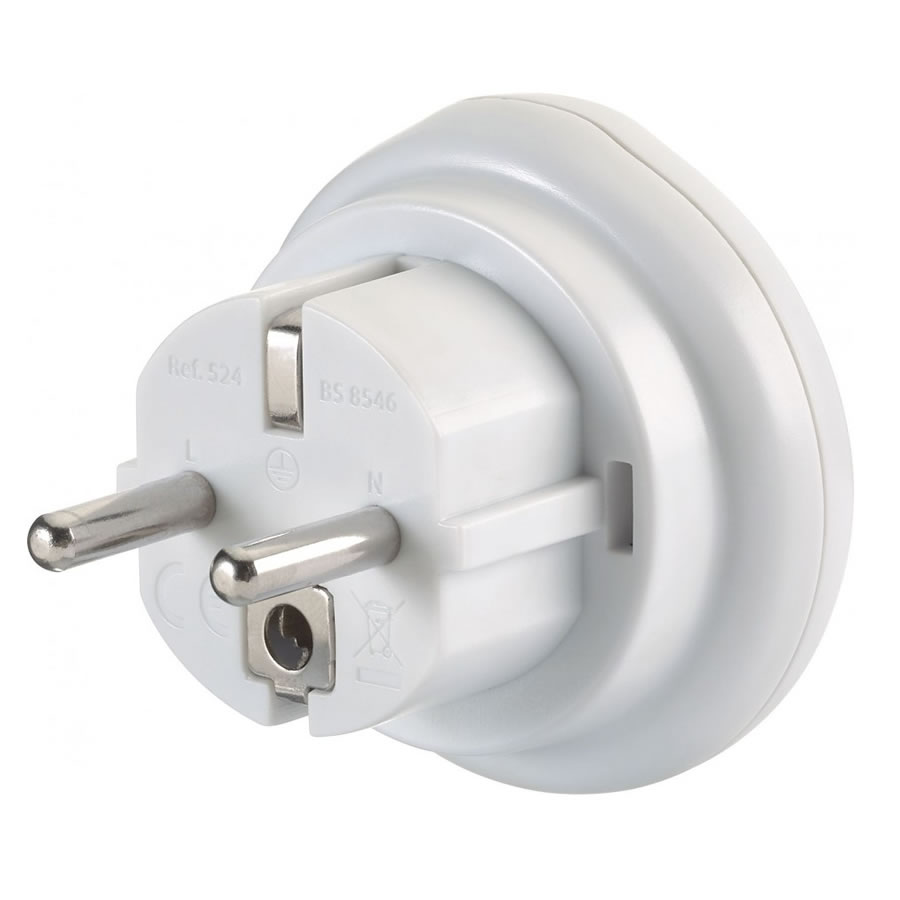
Assess Your Device Requirements
Check Device Voltage Specifications
When exploring the right adapter options, begin by checking the voltage specifications for each device you plan to use. Most chargers and devices come with markings that list their voltage and current requirements. Devices labeled with input voltage that range from 100V to 240V are generally compatible with European outlets.
If a device specifies a voltage higher than 240V, it may not work in Europe even with an adapter. On the other hand, if your device operates on 110V to 120V, you will need a voltage converter alongside your adapter. Understanding these specifications ensures that your devices receive the correct voltage and function optimally.
Identify Types of Devices
Beyond voltage, consider the types of devices that will require adapters. Different devices come with different power demands. Chargers for mobile phones may only require a simple adapter, while larger electronics such as laptops and hairdryers may need more powerful solutions.
Due to their varying energy requirements, not all adapters can handle larger devices. For high-wattage devices, seek out an adapter that boasts higher wattage capacity or even a dedicated voltage converter. In cases where devices demand constant use, investing in a quality power adapter is worth it.
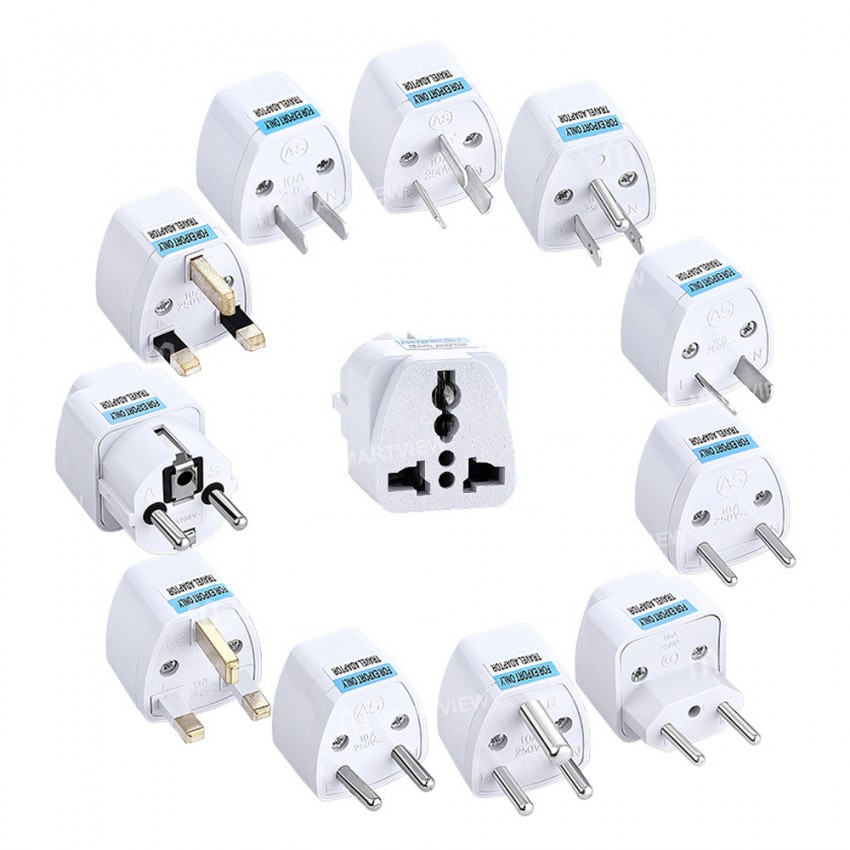
Research Adapter Options
Quality and Reputation
When shopping for adapters, prioritize quality and brand reputation. Avoid purchasing low-cost, generic options found at convenience stores, as they may lack essential safety features. Instead, focus on well-known brands with positive reviews. Brands such as Anker, Apple, or Belkin provide voltage protection and are designed to ensure reliable performance.
Reading user reviews and checking consumer reports can guide you towards reputable products. A good adapter should have certifications such as CE marking, which indicates compliance with EU safety standards. The importance of quality cannot be overstated; a reliable adapter prevents potential hazards and ensures device safety while traveling.
Compatibility Features
Next, review the compatibility features of potential adapters. Ideally, choose adapters that support multiple plug types. Universal travel adapters allow travelers to connect devices from various regions, thereby minimizing the number of adapters needed.
Some models come equipped with USB ports for charging multiple devices simultaneously. These multifunctional adapters accommodate phones, tablets, and laptops, making them versatile choices for different charging needs. Look for adapters with surge protection and smart charging capabilities to adapt to different devices’ power needs.
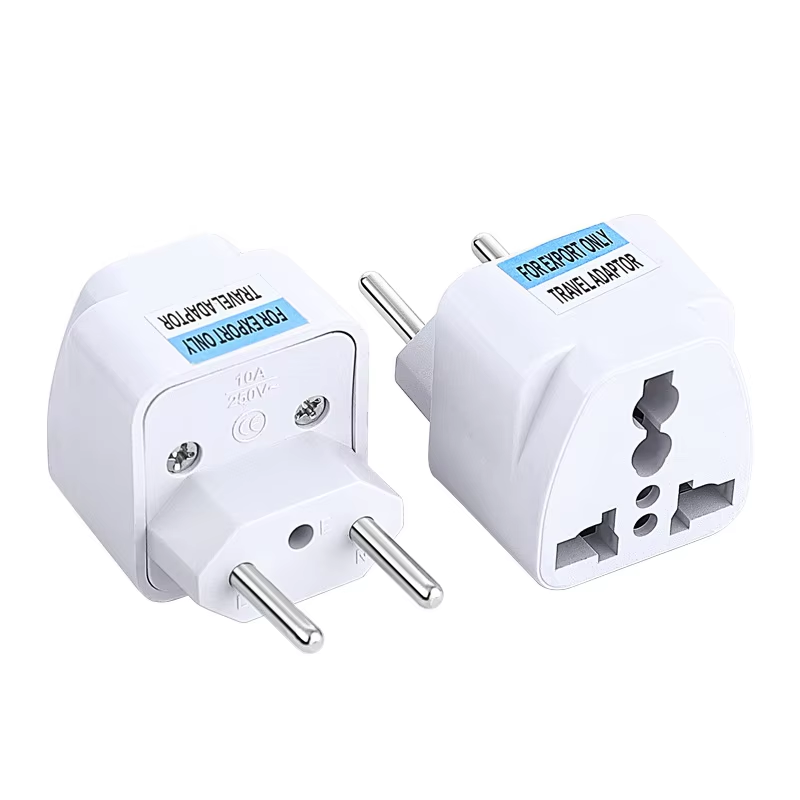
Consider the Travel Size and Design
Portability
When traveling, portability is an essential factor in choosing the right adapter. Large, bulky adapters can take up valuable space in your suitcase or bag. Compact and lightweight adapters are easier to carry and can often fit into small pockets or compartments of your luggage.
In addition, some designs come with rotating plugs that allow you to adjust the position, making them more convenient to use in tight spaces. Selecting a small yet efficient adapter helps you travel freely without being encumbered by unnecessary bulk.
Aesthetics and Design Features
While functionality is key, the aesthetics of an adapter can also matter, especially for travelers who value style. Adapters come in varying colors and designs, so choose one that aligns with your personal aesthetics. A well-designed adapter can enhance your travel experience both visually and practically.
Another design feature, such as built-in LED indicators to show power status, can be helpful. This verification ensures that your devices are charging without needing to continuously check connections. Combining practicality with aesthetic appeal can enhance your overall satisfaction while traveling.
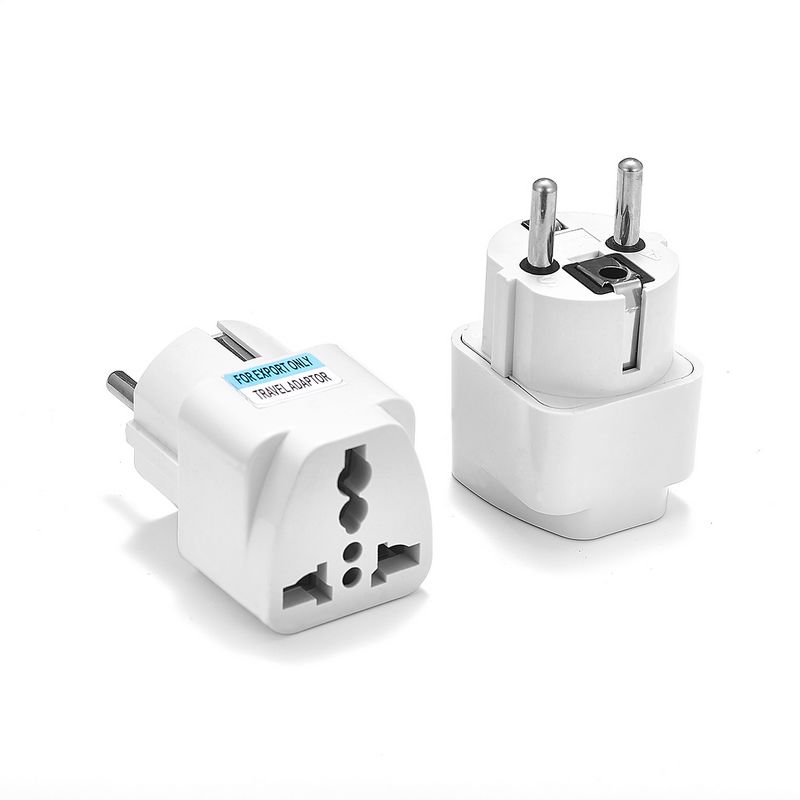
Be Mindful of Local Regulations
Research Local Electrical Standards
Before heading off on your travels, research the local electrical standards of your destination. Different countries might follow specific electrical practices, and understanding these standards can guide your adapter choices. Some countries may have restrictions on certain types of adapters or require special permits for high-wattage devices.
Researching safety guidelines and local practices helps to avoid misunderstandings or hazards while using your devices. Checking with local authorities or travel guides for electrical standards can offer useful insights.
Seek Recommendations from Travelers
Connecting with fellow travelers can be highly beneficial. Many experienced travelers share their knowledge through blogs and forums, offering advice on which adapters work best in specific countries. Ask about personal experiences with various adapters and learn what worked for them during their travels.
Online travel communities can provide up-to-date information about reliable adapters and useful tips on avoiding common pitfalls. Recommendations from seasoned travelers can be much more reliable than generic information that may not apply to your situation.
Make Sure to Keep Your Adapter Safe
Store Properly
When you finally select the right adapter, remember to store it properly. Storing your adapter in a protective case or dedicated compartment prevents damage during travel. Consider using a small pouch specifically for your adapters and cables, keeping them organized and easily accessible.
Avoid placing heavy items on top of your adapter, as this can cause internal components to become damaged or misaligned. Proper storage habits not only prolong the life of your adapter but also minimize the risk of losing it amid other travel items.
Regular Maintenance
Additionally, practice regular maintenance to ensure that your adapter remains in good working condition. Periodically check for visible signs of wear and tear, including frayed cords or loose connectors. If any issues arise, such as intermittent connections or unusual functioning, consider replacing your adapter to prevent problems during your travels.
If your adapter has removable parts, such as a plug interface, ensure that they fit securely together. Adhering to these maintenance practices assures that your devices will remain charged and functional while you travel. Keeping your adapter safe through proper care contributes to a positive traveling experience.
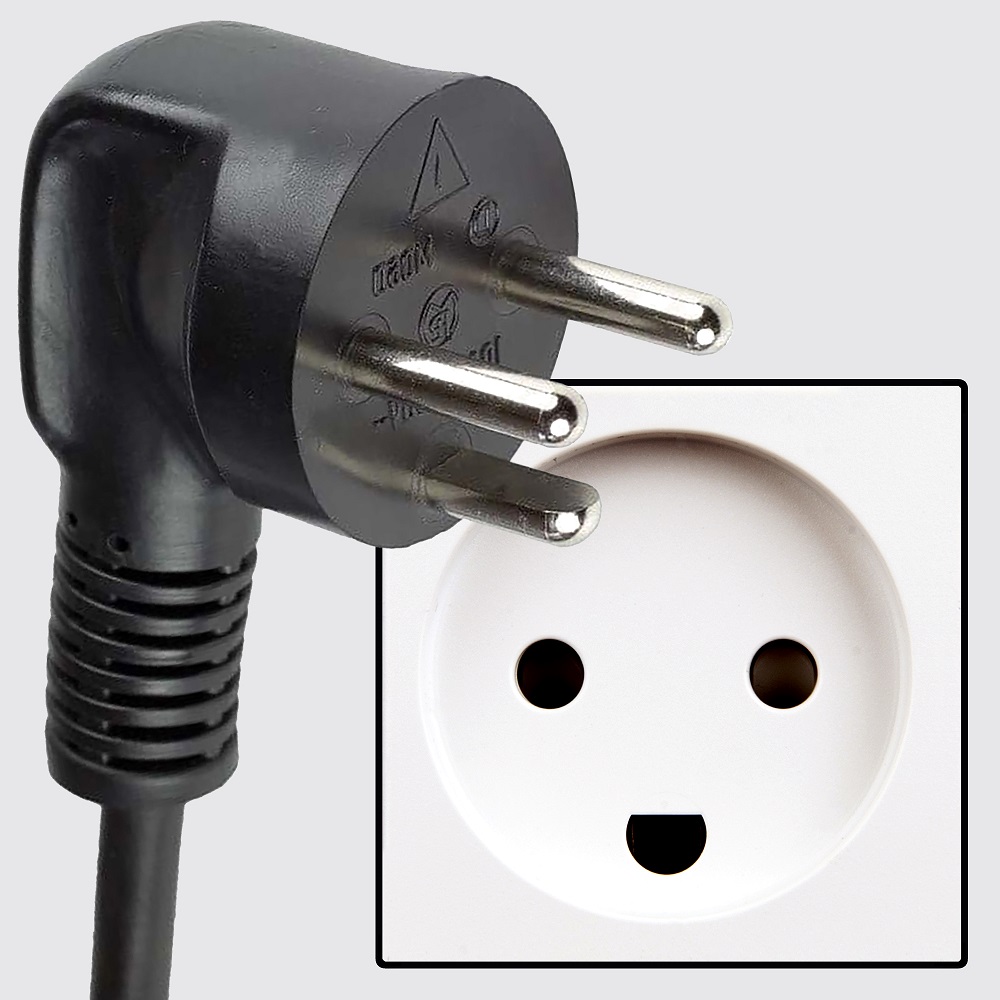
Empower Your Travel Experience
Selecting the right adapter for your EU plug needs is essential for a seamless travel experience. Understanding different plug types, voltage requirements, and device specifications will help you make informed choices. Prioritizing high-quality adapters from reputable brands can prevent device damage and ensure safety.
By being mindful of portability, design, and local regulations, you can further enhance your travel experience. Remember to seek guidance from fellow travelers and keep your adapters well-maintained. As you prepare for your next adventure, remember that the right adapter can significantly empower your ability to enjoy your devices without interruption.
Traveling with the right adapter not only ensures compatibility but also protects your devices and enhances enjoyment. Whether you are exploring the streets of Paris or the beaches of Barcelona, knowing that your devices will function properly allows you to focus on what matters most: enjoying your travels. Choose wisely, and empower your adventures with the right adapter!
